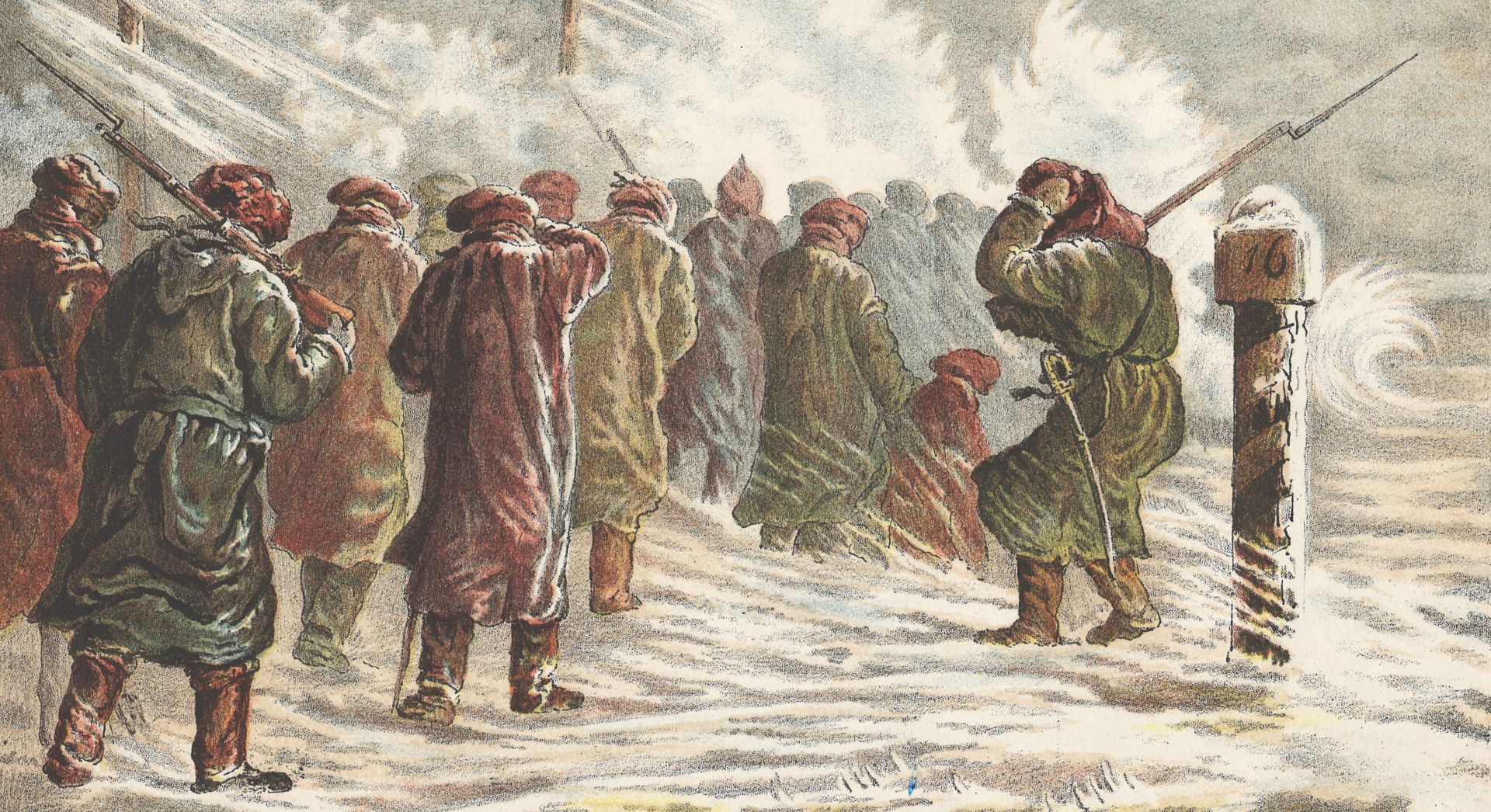In the 1880s, the daring American journalist George Kennan first revealed the horrors of the tsar’s system of Siberian prisons, where the regime sent dissidents who favored democratic reform in Russia.
-
Winter 2024
Volume69Issue1
Editor’s Note: Gregory J. Wallance is a New York-based lawyer and author of several books, including the recently published Into Siberia: George Kennan's Epic Journey Through the Brutal, Frozen Heart of Russia, from which he adapted this essay. His new book tells the dramatic story of George Kennan’s years of exploration in frozen Siberia, and his travels to investigate and expose the brutal tsarist prison system. Wallance witnessed Russian cruelty during the Cold War when he went to the Soviet Union to help Jews emigrate and met courageous dissidents such as Andrei Sakharov and his wife, Yelena G. Bonner, who sacrificed so much in the fight for freedom in their time.
In mid-June 1885, a four-wheeled, horse-drawn carriage called a tarantas entered a small forest clearing just east of the Ural Mountains in Russia. At the center of the clearing stood a twelve-foot-high brick pillar, which marked the Siberian frontier. The driver brought the three-horse team to a halt, calling out to his passengers, “Here is the boundary.” Two Americans in tweed traveling suits climbed out of the carriage.
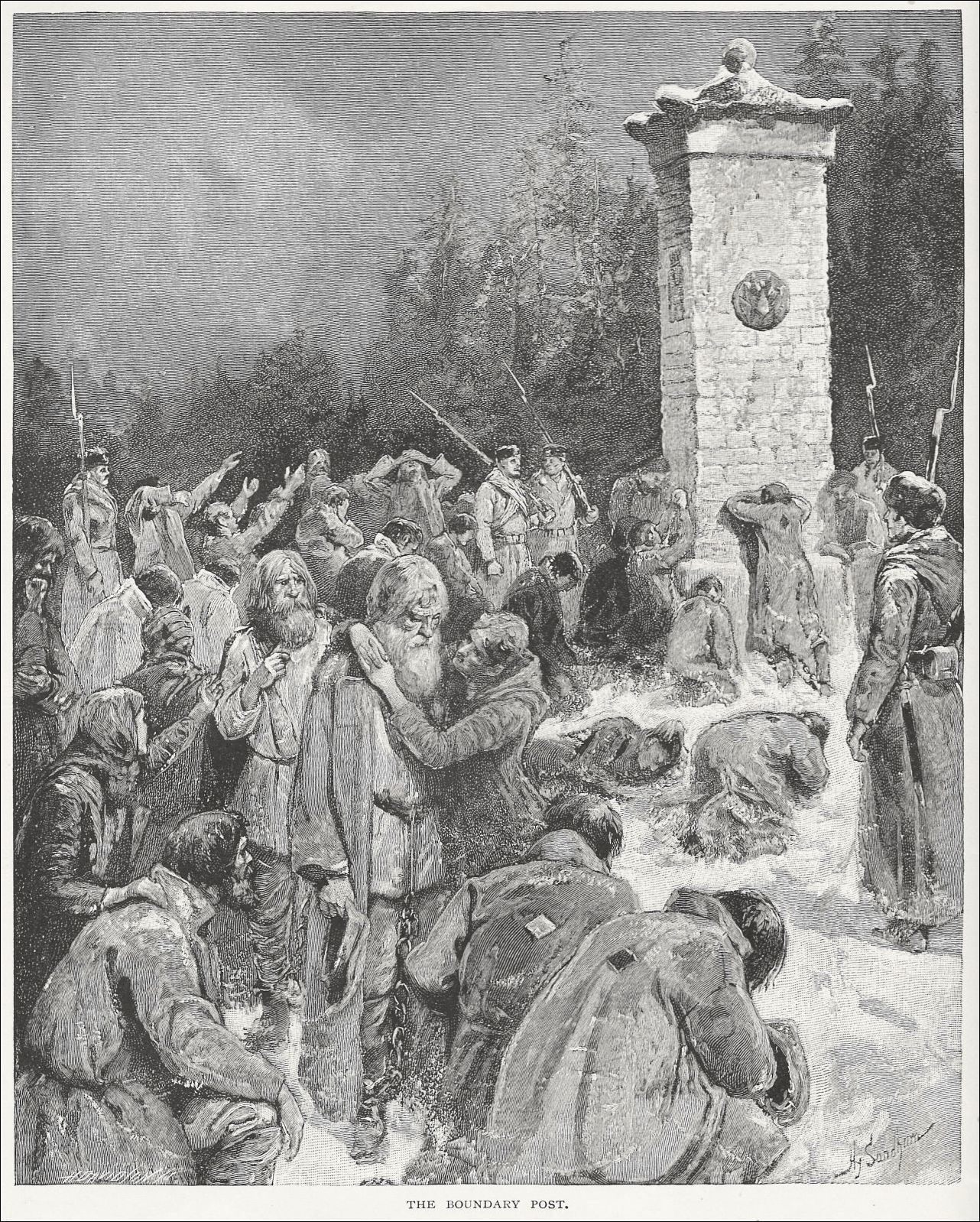
George Kennan, a 40-year-old journalist, walked around the pillar, which had a facade of crumbling white stucco. He was a thin, sinewy man who stood ramrod straight. He had dark, piercing eyes, black hair flecked with gray, a well-groomed handlebar mustache, and an ample supply of resourceful energy. He had come to Russia on assignment for a widely read American journal, The Century Illustrated Monthly Magazine, to investigate the Siberian exile system. His companion, George Frost, a burly, forty-two-year-old Boston artist, pulled out a sketch pad. He was there to provide the illustrations for Kennan’s articles.
Standing before the pillar, Kennan, who considered himself a friend of Russia, could not have imagined that his findings would inflame the American public against the tsarist regime and shape enduring attitudes toward Russia.
Ghostly convicted criminals haunted the clearing in the forest. In an earlier era, the convicts, bearded and gaunt after months of marching from European Russia, had been allowed by their guards a brief stop at the pillar. Some kissed the European side of the pillar, while others pressed their tear-soaked faces to it. Convicts collapsed to their knees and buried their faces in the earth. Some hugged each other or dug up handfuls of dirt to take with them. A few scraped their names or inscriptions on the pillar. “Farewell life!”
The exile convoy commander shouted an order to form ranks. With a clinking of their chains and shackles, the convicts assembled, crossed themselves, and resumed their march to the east.
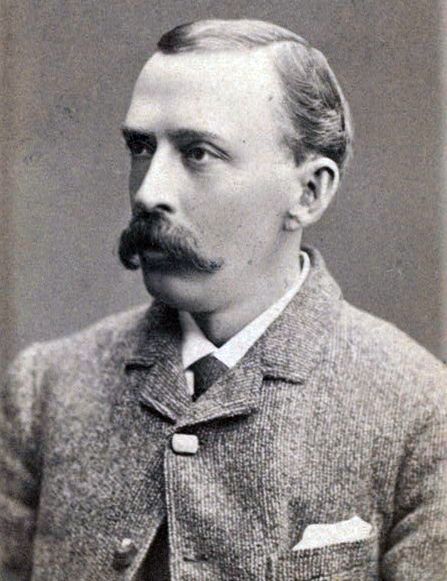
Of those who survived to reach their Siberian destinations, few managed to return to Mother Russia after their sentences ended, which is why convicts wept at the pillar. Exiles included both criminals convicted after a trial and opponents of the regime, who were generally sent to Siberia without any judicial process. The practice was to shackle and chain convicts sentenced to hard labor in Siberia.
A few years before Kennan’s investigation, the Russian government had completed a railroad line that transported exiles across European Russia and over the Ural Mountains, apparently without stopping at the boundary pillar.
But, since the Russian rail network did not yet penetrate far into Siberia, the exiles still had to march thousands of miles from the railhead to Siberian prisons, mines, and factories. Like their predecessors at the boundary pillar, few saw their homes again.
After contemplating the “grief-consecrated pillar,” as Kennan called it, he and Frost climbed back into their carriage and rode into Siberia, which was so immense that it could swallow Europe (excluding Russia), the United States (including Alaska), and still have more than enough room for Texas. They were unfazed by the challenge of a long Siberian journey because they were fit men who were familiar with hardship and privation.
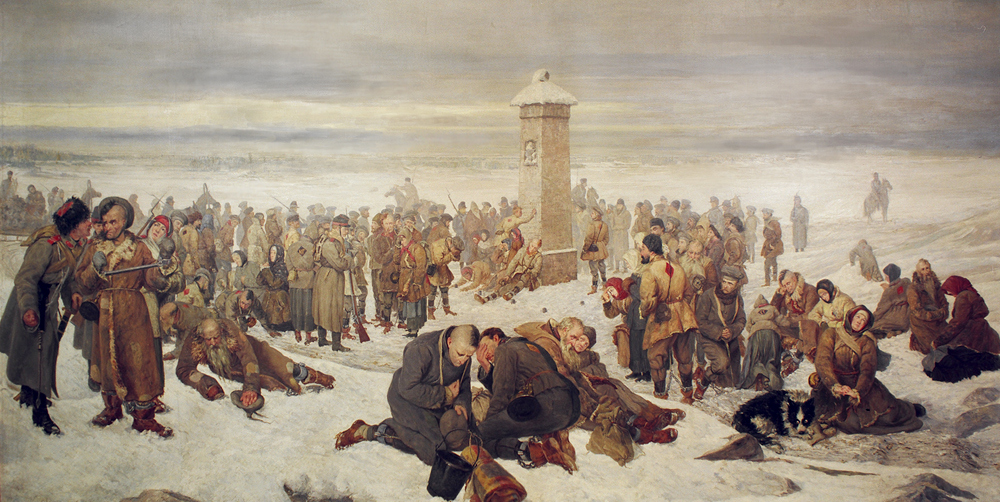
The following March, Kennan and Frost stumbled out of Siberia. Frost had suffered a nervous breakdown; he had paranoid delusions and needed medical treatment. Kennan’s face was old and sunken, and he had difficulty walking. His wife barely recognized him when they reunited in London.
Today, George Kennan is a too-little-remembered American whose achievements have been overshadowed by a much younger, distant cousin, the diplomat George Frost Kennan, who was the chief architect of America’s Cold War containment strategy. The George Kennan of the Gilded Age was an intrepid explorer and leading journalist and war correspondent. After his Siberian investigation, he became a moral force whose writings and lectures about the inhumanity of the exile system compelled Russia to implement reforms.
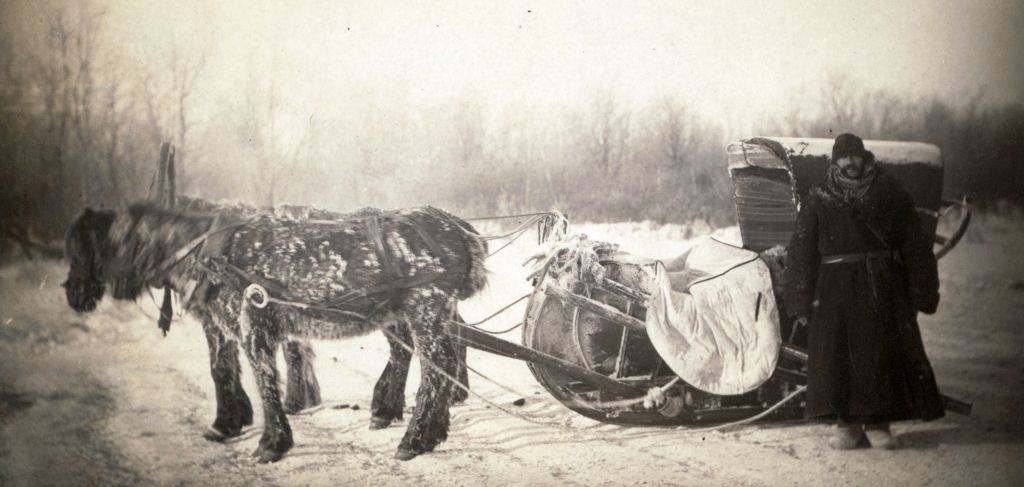
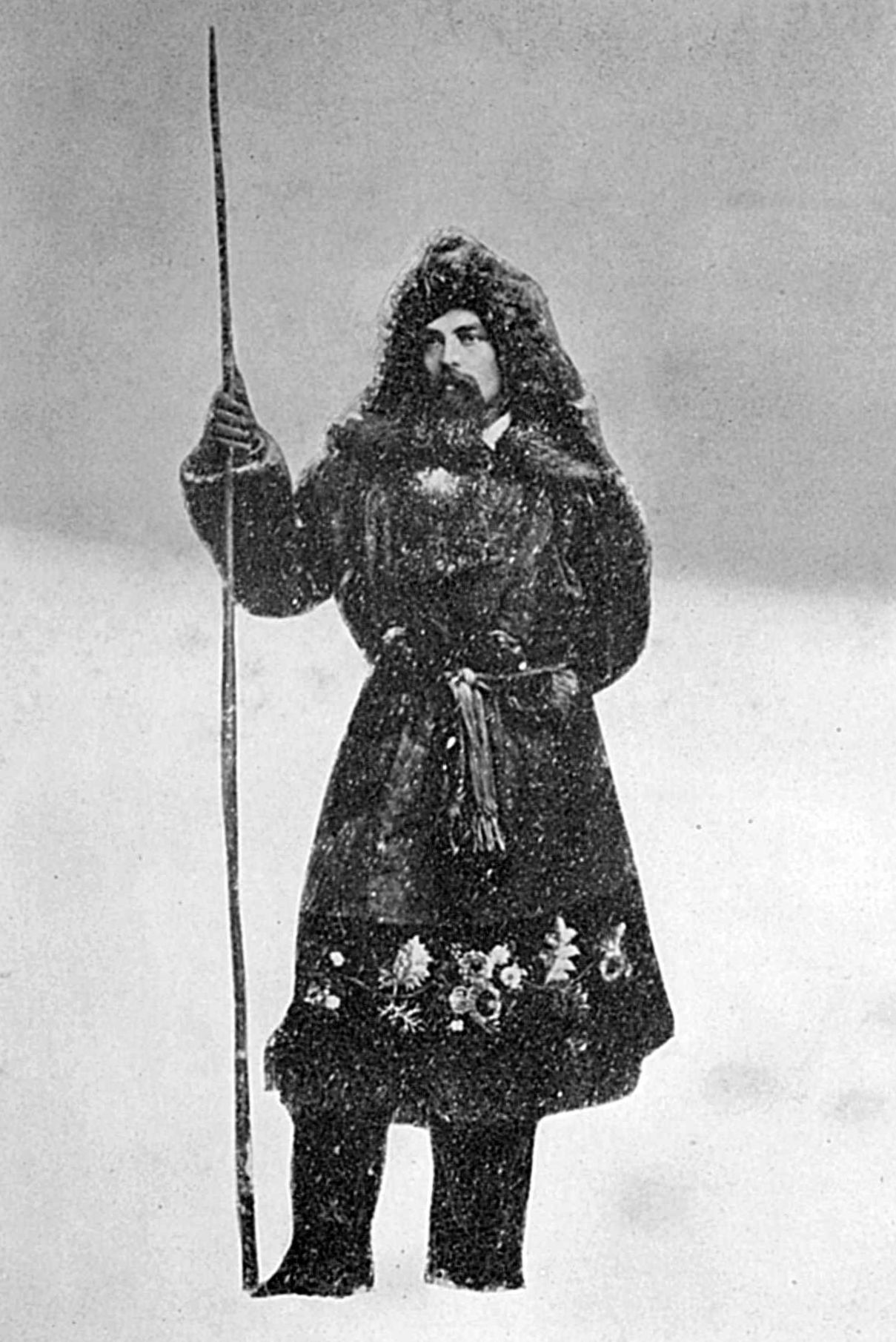
Kennan went into Siberia twice. The first time was in 1865 when, as a member of a Western Union-backed venture called the Russian-American Telegraph Expedition, he explored a route for a telegraph line through the sub-zero wilderness of northeastern Siberia that would connect North America and Europe by way of the Bering Strait. It was a classic young man’s adventure filled with challenges and hardships and driven by Kennan’s quest to prove his courage.
He spent nearly three years in Siberia, where he learned to drive dog sleighs (he had no prior wilderness experience), mapped out a route for a trans-Siberian telegraph line, and slept in smoky yurts next to piles of dried fish and reindeer carcasses or outdoors in a sleeping bag in temperatures as low as minus-50 Fahrenheit. He led two rescue missions to find telegraph-line explorers stranded near the Arctic Circle where, in the midst of the frozen, desolate Siberian tundra, he decided that there is “no pity, love, justice, or mercy in all the universe outside the heart of man.”
Work on the Russian-American Telegraph line ended in 1866 when the Atlantic cable was successfully laid. To return to his family in Norwalk, Ohio, Kennan first undertook a six-thousand- mile dog-sleigh journey in the winter from the Pacific Ocean to St. Petersburg. He arrived in Russia’s capital to behold a dazzling, snow-dusted, golden-trimmed fairy tale of a city, part architectural confection, part Potemkin village.
The awestruck young American’s bond with Russia was sealed by the beauty, wealth, culture, and power of St. Petersburg. That was the impact Peter the Great intended his namesake city to have on visitors when he built it at the cost of so many lives — the estimates start at twenty-five thousand — that it is said St. Petersburg is “the city built on bones.”
Kennan’s time in Siberia removed any doubts about his courage. “In almost daily struggles with difficulties, dangers, and sufferings of all kinds, I finally lost completely the fear of being afraid, which had poisoned so much of the happiness of my boyhood, and acquired a reasonable degree of confidence in my nerve.”
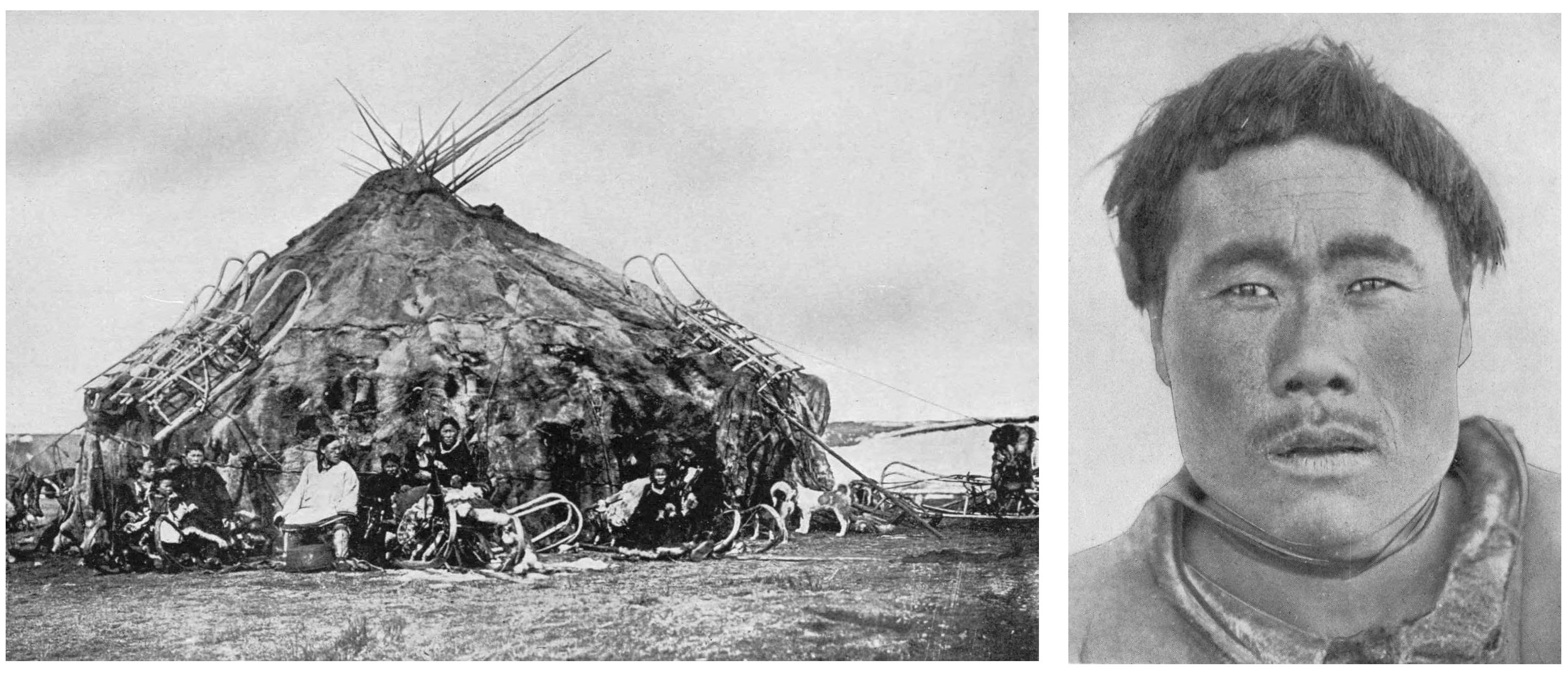
Twenty years later, he returned to Siberia with George Frost to investigate the exile system, and realized that he was on a moral journey. By then, he had become one of America’s most prominent defenders of Russia and its centuries-old practice of banishing criminals and political dissidents to Siberia.
Speaking Russian fluently and regarded as a leading expert on Russia, he believed that a thorough, objective investigation would vindicate his contention that the exile system, while hardly without flaws, was more humane than penal systems in European countries. He also hoped that his articles about the Siberian exile system would make him rich and famous.
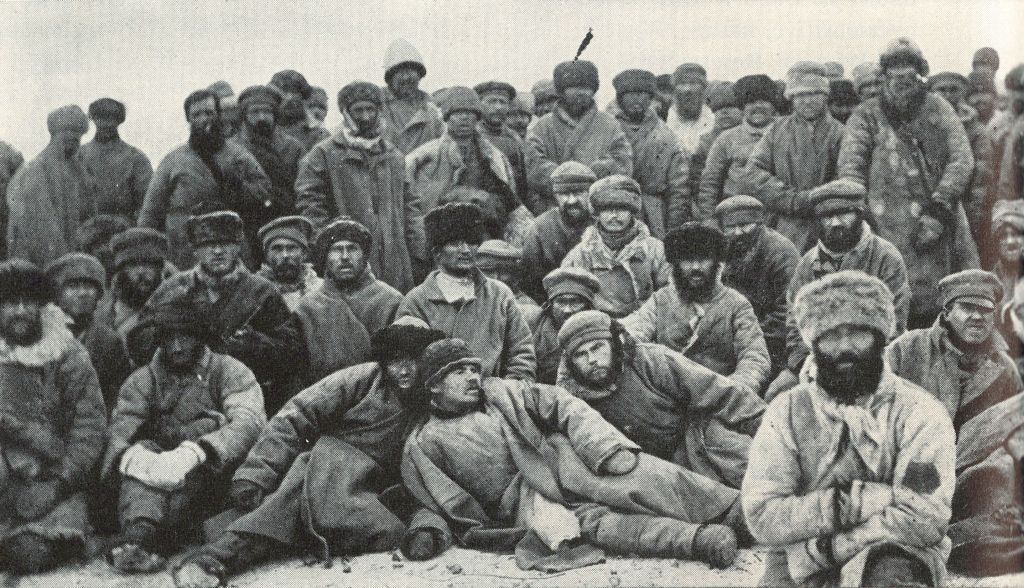
Kennan and Frost traveled 8000 miles in Siberia in horse-drawn carriages, on river steamers, sleighs, and horseback. They suffocated in sandstorms in the summer and endured winter temperatures of minus-45 degrees Fahrenheit. They inspected dozens of prisons, observed the marching parties of exiled convicts, spoke with Siberian officials, and met with more than a hundred exiled opponents of the tsarist regime. Both men were plagued by disease, vermin that infested their clothing and luggage, the jolting and pounding of carriages without springs or seats (they had to sit on their luggage), and by the stress of police surveillance.
Worst of all was the nervous strain caused by their unrelenting exposure to human suffering because the exile system, as Kennan discovered, was both a brutal instrument of the Russian Empire’s exploitation of Siberia’s vast natural resources and a means of suppressing and punishing dissent.
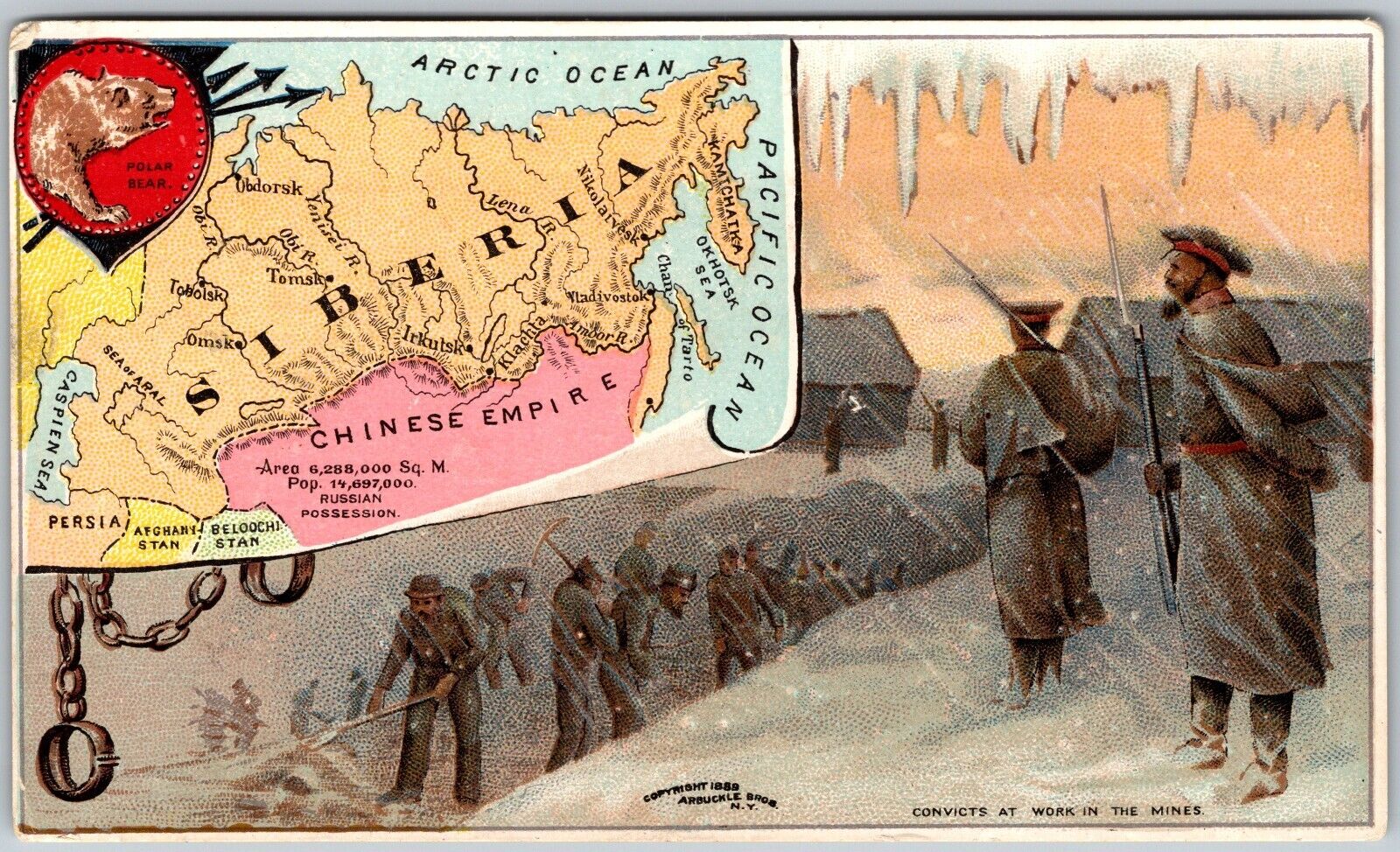
His investigation discredited his own defense of the exile system, as he was the first to admit, and changed him as a person. When he returned to the United States, his overarching goal was no longer wealth and fame, but to end the suffering of the exiles and bring freedom to Russia. His concept of courage, his attitudes toward women, and his views on the Russian government’s oppression of its Jews, had all changed. “What I saw heard and learned in Siberia stirred me to the very depths of my soul — opened to me a new world of human experience, and raised, in some respects, all my moral standards.”
His investigation also changed America. Today, it is nearly impossible to conceive of the close diplomatic relations between Russia and the United States and the affection of Americans for Russia at the time of Kennan’s investigation. Many Americans had the benign perception of Russia as a “distant friend” of the United States, a colorful but mysterious land filled with tragically romantic characters. Kennan’s investigative reporting, including 29 articles for the Century magazine, a nearly one-thousand-page, two-volume book, Siberia and the Exile System, and a nine-year lecture tour, put an end to all that.
Between 1889 and 1898, Kennan, a spellbinding speaker, lectured 800 times about the exile system, by one estimate, to as many as one million people. He appeared fourteen times in Brooklyn, eighteen times in New York City, seventeen in Chicago, and twenty-six in Boston — and, during his twenty-sixth appearance in that city, his manager counted two thousand people in the audience. In one eight-month period, Kennan delivered 200 lectures without missing an engagement. He lectured, not just in the major cities, but in small towns like St. Johnsbury, Vermont, and Emporia, Kansas. His writings and lectures left Americans so appalled and angry at Russia’s mistreatment of its citizens that the relationship between the two countries was never the same.
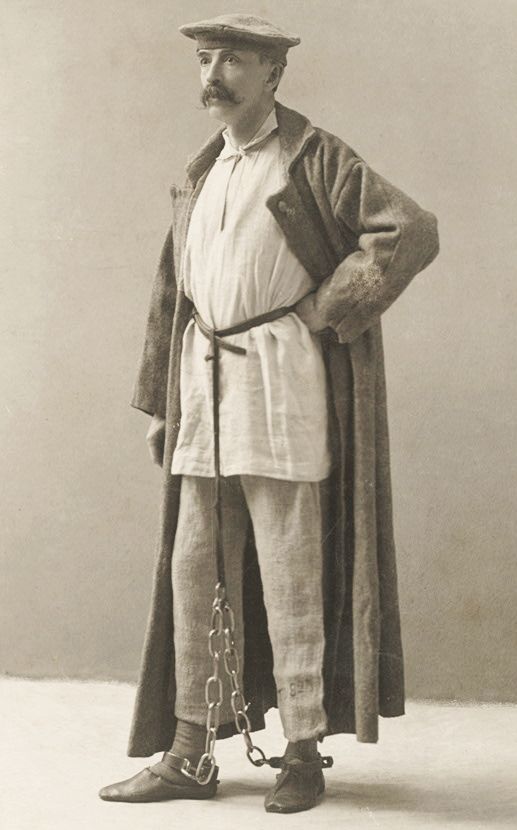
I was drawn to Kennan because of my own experience in the Soviet Union, which still used exile as a punishment, during the Cold War. I had gone there as a young lawyer to submit legal petitions to Soviet authorities on behalf of Jews who had been exiled to Siberia merely because they had publicly demanded the right to emigrate to Israel. I was fortunate to meet courageous dissidents, such as the physicist, human rights advocate, and Nobel Peace Prize laureate Andrei D. Sakharov and his wife, Yelena G. Bonner, who sacrificed their careers, comfort, and liberty in a fight for freedoms that I had taken for granted until I crossed the Soviet border.
Not long after I met them, Sakharov and Bonner were exiled to the Volga River city of Gorky, which was then closed to foreigners, for protesting the Russian invasion of Afghanistan in 1979.
What it means to live without freedom was driven home to George Kennan when he interviewed a former Siberian political exile in the presence of a Russian liberal, who was amazed by Kennan’s horrified expression as he listened to the exile’s tragic story. The liberal later explained to Kennan that, for him, the exile’s story was no more surprising than “an account of the running-over of a man in the street. As I watched the play of expression in your face — as I was forced to look at the facts, for a moment, from your point of view — I felt again, to the very bottom of my soul, the difference between a free citizen and a citizen of Russia.” That difference had a lasting impact on Kennan.
Refreshingly, in the nineteenth century, character mattered as much as personality does in our times. Kennan once explained the importance of character during his Siberian-telegraph exploration, but his words also apply to his even-more- demanding investigation of the Siberian exile system and his grueling years on the lecture circuit. “Man carries on, for months or years, an almost incessant fight with a hostile and pitiless environment. In such a situation, personal character rises into absolute predominance; and success, when achieved, is due almost wholly to the courage, forethought, and steadfastness of the individual actor.”
Diplomat George Frost Kennan paid tribute to his older cousin’s character when he observed that his formal education had ended at high school. “He really was, in the intellectual sense, a self-made man. He always had to do it himself with very little money. It is quite amazing for a boy of his background.”
Kennan was asked late in life where he went to college. “Russia,” he replied.
